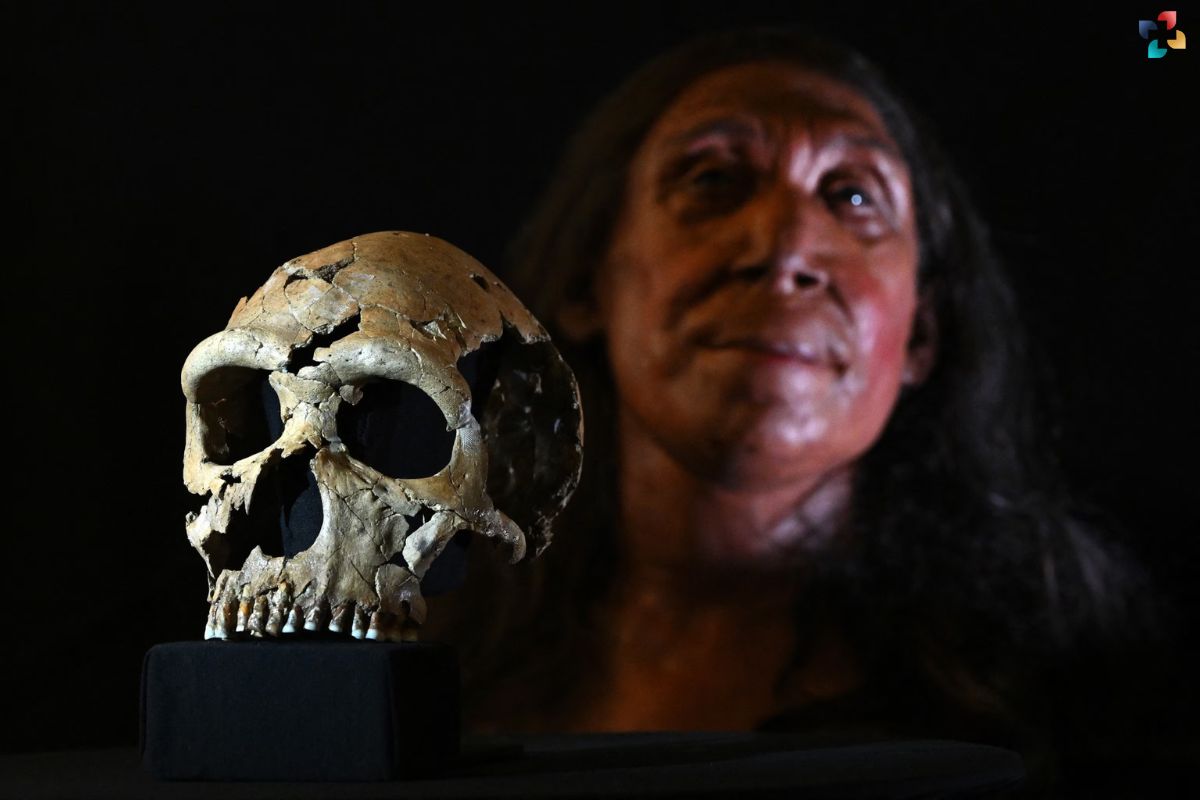Source-ABC-News-The-Walt-Disney-Company
A groundbreaking study published in Science Advances has provided new insights into the caregiving practices of Neanderthals. Researchers in Spain have examined a Neanderthal child, identified as CN-46700, who suffered from Down syndrome and congenital ear pathology. These findings highlight the Neanderthals’ ability to provide extended care for individuals with significant health challenges.
The caregiving practices of Neanderthals have been a topic of interest for some time, with evidence suggesting that sick or injured members received considerable support. This study adds to the understanding of Neanderthal social dynamics, suggesting that their caregiving practices may have evolved from complex social interactions with adaptive benefits. Further research is needed to fully comprehend the extent and nature of these behaviors.
Detailed Analysis and Methodology of caregiving practices of Neanderthals
The researchers employed various advanced techniques to analyze the Neanderthal fossil. Discriminant function analysis was used to differentiate between Neanderthals, fossil Homo sapiens, and modern humans, utilizing variables such as the Sagittal Labyrinthine Index (SLI), Anterior Semicircular Canal Radius (ASC-R), Lateral Semicircular Canal Radius (LSC-R), and Posterior Semicircular Canal Radius (PSC-R). Data were collected from 29 Neanderthals, 23 fossil Homo sapiens, and 26 modern humans, with additional cochlear variables taken from medieval specimens in Spain and Britain.
Micro-computed tomography (μCT) scanning was conducted at the Museo Nacional de Ciencias Naturales in Madrid, producing detailed images of the fossil. Measurements were taken on a three-dimensional model of CN-46700, including the SLI, NT, and third turn lengths. The study also employed new protocols to measure various aspects of the inner ear anatomy, providing a comprehensive analysis of the fossil.
The fossil’s age at death was estimated using the petromastoid canal method, and the dimensions of the petromastoid canal supported this estimate, indicating that the child was over six years old at the time of death. This finding suggests that Neanderthals and modern humans had similar growth rates during childhood.
Significant Findings and Implications
The study’s results provide significant insights into the caregiving practices of Neanderthals and inner ear anatomy. The μCT scans revealed six taxonomically relevant inner ear characteristics that helped differentiate Neanderthals from Homo sapiens. Despite CN-46700 having a reduced cochlear volume, the SLI value aligned with the Neanderthal mean, while NT and %L3 values fell within Neanderthal variability but outside modern Homo sapiens ranges. Discriminant function analysis assigned CN-46700 to Neanderthals with 94% probability.
Pathological evidence showed that CN-46700 had LSC dysplasia, characterized by an anomalous dilatation of the LSC and reduced dimensions of the bony island. The anterior semicircular canal exhibited a hypoplastic bony island, while the PSC remained normal. The presence of an enlarged vestibular aqueduct (EVA) and a small fistula between the PSC and the VA further supported the pathological assessment.
These findings suggest that Neanderthals had the capability to care for individuals with severe health issues, including sensorineural hearing loss and vestibular symptoms like vertigo and imbalance. The study underscores the complexity of Neanderthal social structures and their ability to provide sustained care, reflecting their adaptive social behaviors.
In conclusion, the study of the caregiving practices of Neanderthals child CN-46700 not only sheds light on the inner ear anatomy and pathological conditions of Neanderthals but also highlights their advanced caregiving practices. These findings contribute to a deeper understanding of Neanderthal social dynamics and their evolutionary significance.
Also Read: Tiktaalik Fossil Unveils Evolutionary Step Towards Walking







